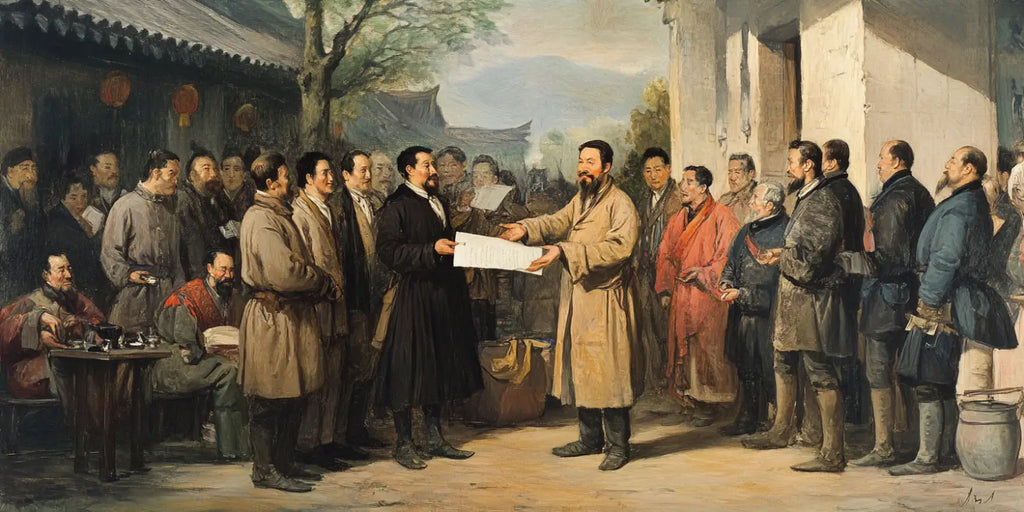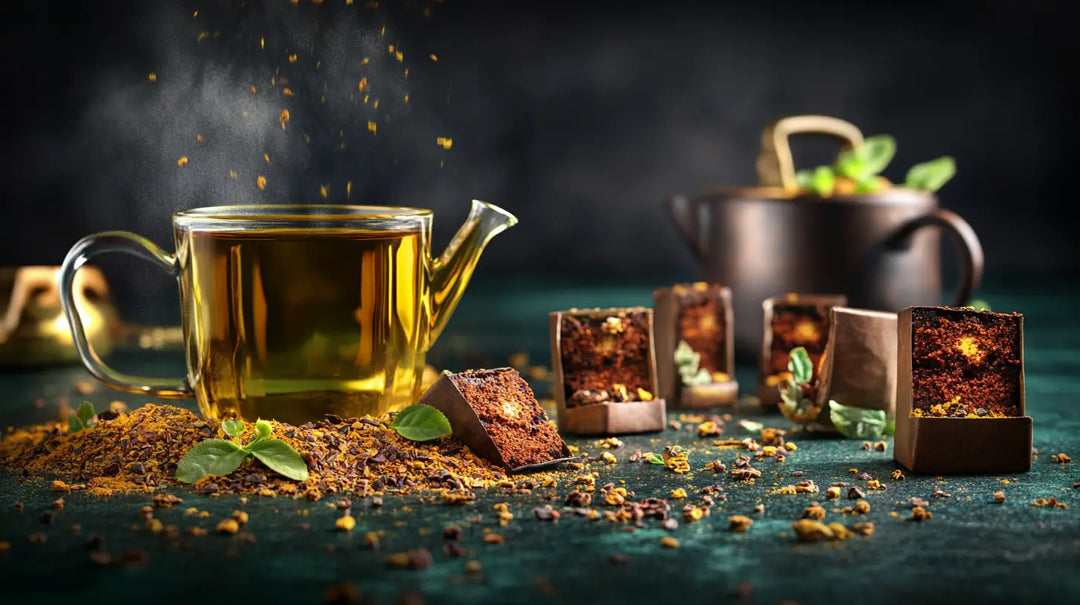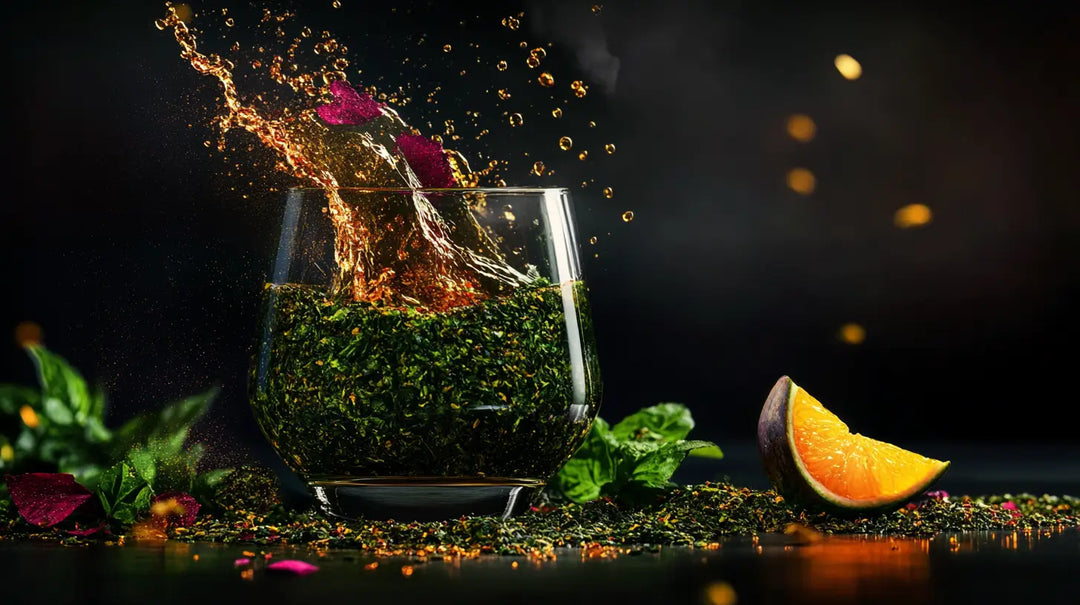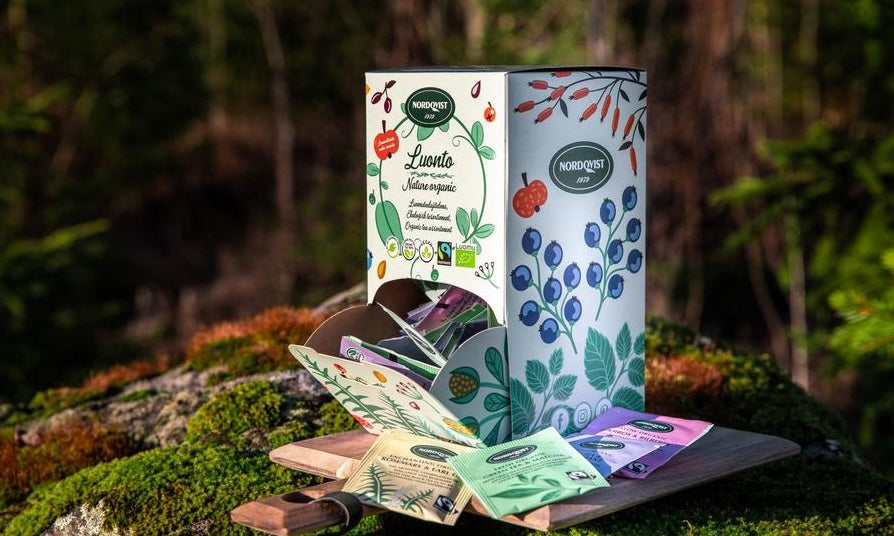What is Earl Gray tea?

The Curious Origins
Earl Grey tea, a beloved blend enjoyed worldwide, has an origin story as intriguing as its taste. Named after Charles Grey, the 2nd Earl Grey and British Prime Minister in the 1830s, the true beginnings of this tea remain a subject of debate among historians and tea enthusiasts alike.
One popular tale suggests that a grateful Chinese gifted the recipe to Lord Grey as a token of appreciation for saving his son from drowning. However, other accounts propose it was a diplomatic gift or even a happy accident when bergamot oil spilled into a tea shipment. The truth? It's as elusive as the last wisps of steam from a freshly brewed cup.

The Bergamot Difference
What sets Earl Grey apart from other teas is its unique flavoring: bergamot oil. Derived from the bergamot orange, a citrus fruit primarily grown in Calabria, Italy, this essential oil imparts a distinctive aroma and flavor to the tea.
Bergamot is an interesting fruit in its own right. Resembling a cross between a lemon and an orange, it's too bitter for eating but prized for its fragrant oil. When added to black tea, it creates a flavor profile that's refreshing, slightly floral, and unmistakably Earl Grey.
The Art of the Perfect Brew
Brewing the perfect cup of Earl Grey is a skill worth mastering. Here's a guide to help you achieve tea perfection:
- Water temperature: Aim for 95°C (203°F). This temperature allows for optimal flavor extraction without scorching the leaves.
- Steeping time: 3-5 minutes, depending on your preference for strength.
- To milk or not to milk? This is a personal choice. Traditionalists often prefer it black, while others enjoy a splash of milk.
Remember, the joy of tea is in experimenting to find your perfect cup.

Traditional and Green Variations
While the classic Earl Grey is made with black tea, there's also a popular variation:
- Traditional Earl Grey: The classic blend using black tea as the base, providing a robust flavor that pairs wonderfully with the citrusy bergamot.
- Green Earl Grey: Uses green tea as a base for a lighter, more vegetal flavor. This variation offers a different dimension to the bergamot flavor, often resulting in a more delicate and refreshing cup.
These two versions showcase how the distinctive bergamot flavor can complement different tea bases, allowing tea drinkers to explore different taste profiles while enjoying the signature Earl Grey essence.
More Than Just a Pleasant Drink
Beyond its delightful taste, Earl Grey tea offers potential health benefits:
- Rich in antioxidants: Like other teas, it contains polyphenols that may help protect cells from damage.
- Potential heart health booster: Some studies suggest it may support cardiovascular health.
- Digestive aid: The bergamot oil might help soothe digestive discomfort.
- Calming properties: The ritual of brewing and sipping tea can be a stress-reducing practice.
While these benefits are promising, it's always best to consult with a healthcare professional for personalized advice.
A Cultural Icon
Earl Grey has steeped its way into popular culture, appearing in literature, film, and television. It's the preferred tea of Captain Jean-Luc Picard in Star Trek: The Next Generation, and has been featured in countless books as the sophisticated choice of fictional detectives and aristocrats.
Its influence extends beyond the teacup, inspiring chefs and bakers to incorporate its distinct flavor into desserts, chocolates, and even savory dishes.
Conclusion: A Timeless Brew
Whether you're a longtime fan or new to the world of tea, Earl Grey offers a unique and enjoyable experience. Its blend of tradition, distinctive flavor, and versatility continues to make it a cherished choice for tea drinkers around the globe. Each cup of Earl Grey carries with it a hint of mystery, a touch of sophistication, and a world of flavor waiting to be explored.









